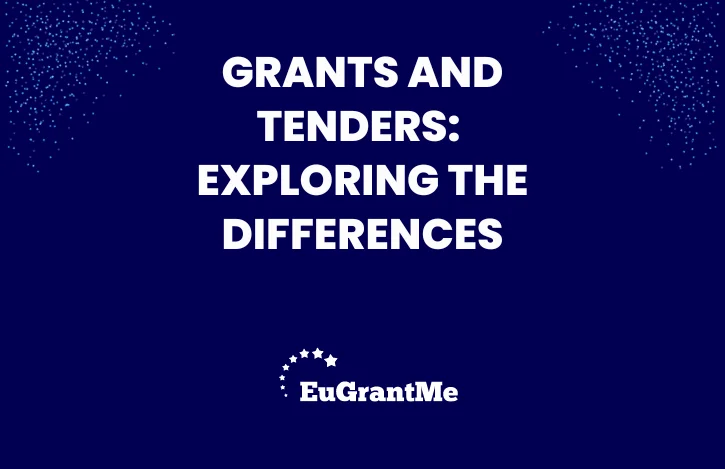In the realm of funding opportunities, understanding the disparities between grants and tenders is crucial for organisations seeking financial support. These mechanisms represent two distinct avenues for securing funding, each with its unique features and application processes.
This article delves into the differences between grants and tenders, exploring their characteristics, implications, and suitability for various projects and initiatives.
Unveiling the Landscape of Grants and Tenders
Grants and tenders stand as pillars in the funding ecosystem, offering avenues for organisations to obtain financial support for their projects and initiatives. While both provide opportunities for securing resources, they operate on different principles and serve distinct purposes. Understanding these disparities is essential for organisations to navigate the funding landscape effectively.
Grants: An Overview of Funding Assistance
Grants are financial awards provided by governments, foundations, or other entities to support specific projects or activities. Unlike loans, grants do not require repayment, making them an attractive funding option for organisations with limited financial resources. Moreover, Grants can cover a wide range of areas, including research and development, community projects, and educational initiatives.
Tenders: Procurement Opportunities and Contractual Obligations
Tenders, on the other hand, are invitations for bids on contracts to provide goods or services. They are commonly issued by government agencies, corporations, or non-profit organisations seeking to outsource specific projects or procure goods and services. Typically, tenders involve a competitive bidding process, with the contract awarded to the bidder offering the most favourable terms and conditions.
Distinguishing Features: Grants vs. Tenders
Grants and tenders, although both avenues for securing financial support, exhibit distinct characteristics. Grants, primarily, are allocated based on the merit of proposals, wherein recipients are chosen through either a competitive or non-competitive application process.
In this context, applicants submit proposals detailing their project objectives, methodologies, and expected outcomes, which are then evaluated by funding bodies against predetermined criteria. Successful candidates are typically selected based on the quality and feasibility of their proposals, as well as their alignment with the objectives and priorities of the funding programme.
Conversely, tenders differ from grants in that they are awarded based on the bidder’s capability to fulfil specific requirements and deliverables outlined in the tender documents. Rather than evaluating proposals for innovation or potential impact, tendering authorities assess bids primarily on their ability to meet the specified criteria, such as technical specifications, pricing, and contractual terms.
Bidders must demonstrate their capacity to execute the project or provide the required goods or services efficiently and effectively within the stipulated timeframe and budget. As such, the selection process for tenders tends to focus more on compliance with predefined criteria rather than the intrinsic merit of the proposed project.
Application Process: Requirements and Documentation
The application process for grants and tenders also varies significantly. Grant applications often require detailed project proposals, budget plans, and supporting documentation to demonstrate the feasibility and impact of the proposed project.
In contrast, tender submissions typically include price quotes, project timelines, and technical specifications outlining how the bidder intends to fulfil the contract requirements.
Implications for Funding Opportunities: Choosing the Right Path
Understanding the differences between grants and tenders is essential for organisations seeking funding opportunities. While grants provide financial assistance without the obligation of repayment, securing a grant can be highly competitive, with stringent application requirements and limited funding available. Tenders, on the other hand, offer opportunities for businesses to secure contracts and generate revenue through the provision of goods and services.
Navigating the Funding Landscape
In conclusion, grants and tenders represent distinct pathways for organisations to secure funding and pursue their projects and initiatives. By understanding the differences between grants and tenders, organisations can make informed decisions about which funding opportunities align best with their objectives and capabilities. Whether pursuing grant funding for research and development projects or tendering for contracts to provide goods and services, navigating the funding landscape requires careful consideration of the unique characteristics and implications of each option.
At EuGrantMe, we are passionate about fostering innovation and empowering ambitious minds to flourish. Our mission revolves around providing top-notch grant writing services for the EIC Accelerator and Horizon grants in Europe, enabling our customers to unlock the full potential of their ground-breaking ideas.
Do you have a project to turn into reality?
Contact us!


